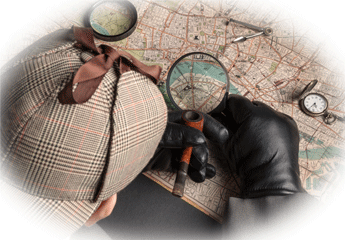 The case of the Canarian Chilli
The case of the Canarian Chilli
I recently came across some hot sauces that piqued my interest. The sauces are exceptionally tasty, but what really got my interest levels up was they were created using influences from the Canary Islands and Andalusia in Spain. “What?” I asked myself, “I thought the Spanish don’t particularly like spicy food?”. So, how is it that these great tasting sauces were created using these influences?” It just didn’t seem to add up. So, to solve this mystery, I put on my detective’s hat. Chief Inspector Morich was on the case.
So, to solve this mystery, I put on my detective’s hat. Chief Inspector Morich was on the case.
I decided the first step was to work out how Chillies had become part of Canarian cuisine. It was intriguing that this group of islands, so far removed from where spicy food is usually eaten, had developed a taste for Chillies
At first, there was not much to go on, until I found a link between the Canary Islands and Christopher Columbus. This was important, because Christopher Columbus was responsible for introducing Chillies to the Old World. Before he brought Chillies back to Europe (from the West Indies), they were not known there at all.
The link was that Christopher Columbus used to replenish his fleets in the Canary Islands when he went on his discovery voyages. Bearing in mind that the Canary Islands had been a colony of Spain, I was convinced this bit of information could help me solve the puzzle.



